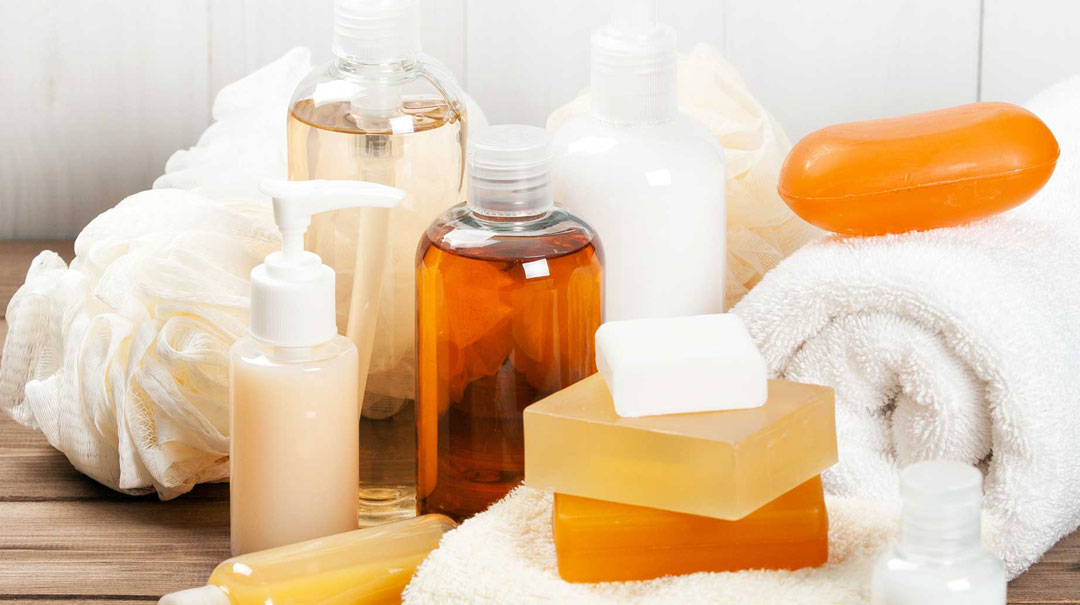In the realm of personal care products, two ingredients often discussed for their roles in cleansing formulations are Sodium Laureth Sulfate (SLES) and Sodium Lauryl Sulfate (SLS). Despite their similar-sounding names, these compounds have distinct characteristics and uses. This post delves into the differences between SLES and SLS, aiming to provide a clearer understanding of what each ingredient entails and its implications for consumers.
What Are SLES and SLS?
Sodium Laureth Sulfate (SLES) and Sodium Lauryl Sulfate (SLS) are surfactants, which means they are compounds that lower the surface tension between ingredients in a product, allowing them to mix more easily. This property makes them effective as detergents and foaming agents in a wide range of personal care and cleaning products.
Sodium Laureth Sulfate (SLES)
SLES is a surfactant used primarily for its detergent and emulsifying properties. It's known for its ability to create a rich lather in products, enhancing the cleansing and foaming experience. SLES is produced by ethoxylation of SLS, which results in a milder surfactant that is less irritating to the skin and eyes. This makes SLES a preferred choice in formulations designed for sensitive skin or for products intended for frequent use, such as shampoos and body washes.
Sodium Lauryl Sulfate (SLS)
SLS, on the other hand, is a more potent surfactant with strong cleansing properties. It is effective at removing oils and residues, making it a common ingredient in more heavy-duty cleaning products, such as floor cleaners, dish soap, and laundry detergent. In the personal care industry, SLS is found in toothpaste, shampoos, and body washes, contributing to the product's foaming action. However, due to its potency, SLS can be more drying and irritating to the skin and mucous membranes compared to SLES.

The primary difference between SLES and SLS lies in their manufacturing process and the resultant product's impact on human skin. Here are the key distinctions:
• Irritation Potential: SLES is generally considered to be less irritating than SLS. The ethoxylation process that SLES undergoes results in a compound that is milder on the skin, reducing the risk of irritation and dryness.
• Foaming and Cleansing Ability: While both SLES and SLS are effective foaming agents, SLS has a stronger degreasing effect, making it more suitable for products requiring potent cleansing action.
• Applications: SLES's milder nature makes it more common in personal care products designed for sensitive skin or daily use. SLS's stronger cleansing properties make it suitable for more intensive cleaning tasks and formulations where high foaming is desired.
Environmental and Health Considerations
Both SLES and SLS have faced scrutiny regarding their environmental impact and potential health effects. Concerns have been raised about their biodegradability, the production process's environmental footprint, and the potential for irritation or allergic reactions.
Consumers looking for more environmentally friendly or gentler alternatives (including shampoos for colored hair) may opt for products labeled as SLS/SLES-free, which use other surfactants derived from natural sources.
Understanding the differences between SLES and SLS is crucial for making informed choices about the personal care and cleaning products we use daily. While both ingredients serve similar purposes as surfactants, their distinct properties and the effects on skin sensitivity and environmental impact set them apart. By being aware of these differences, consumers can select products that align with their health, environmental, and personal care preferences.


